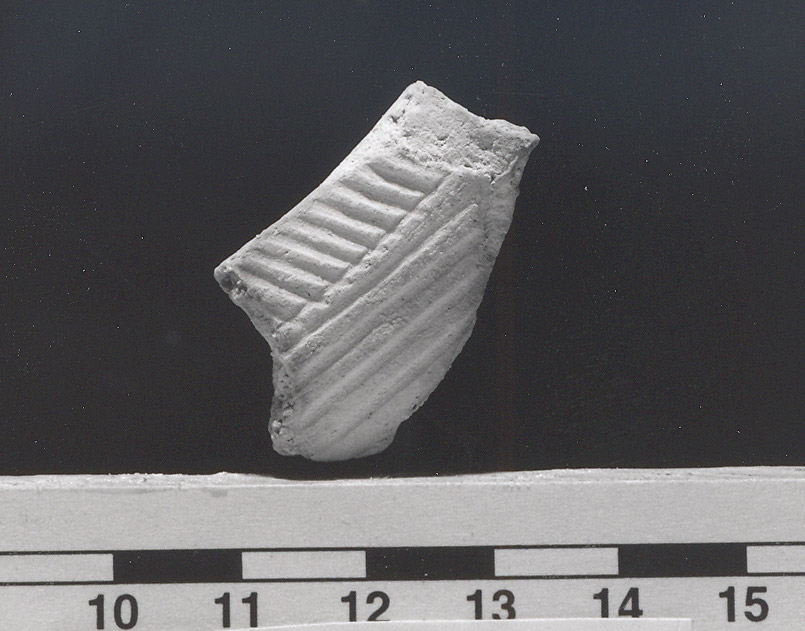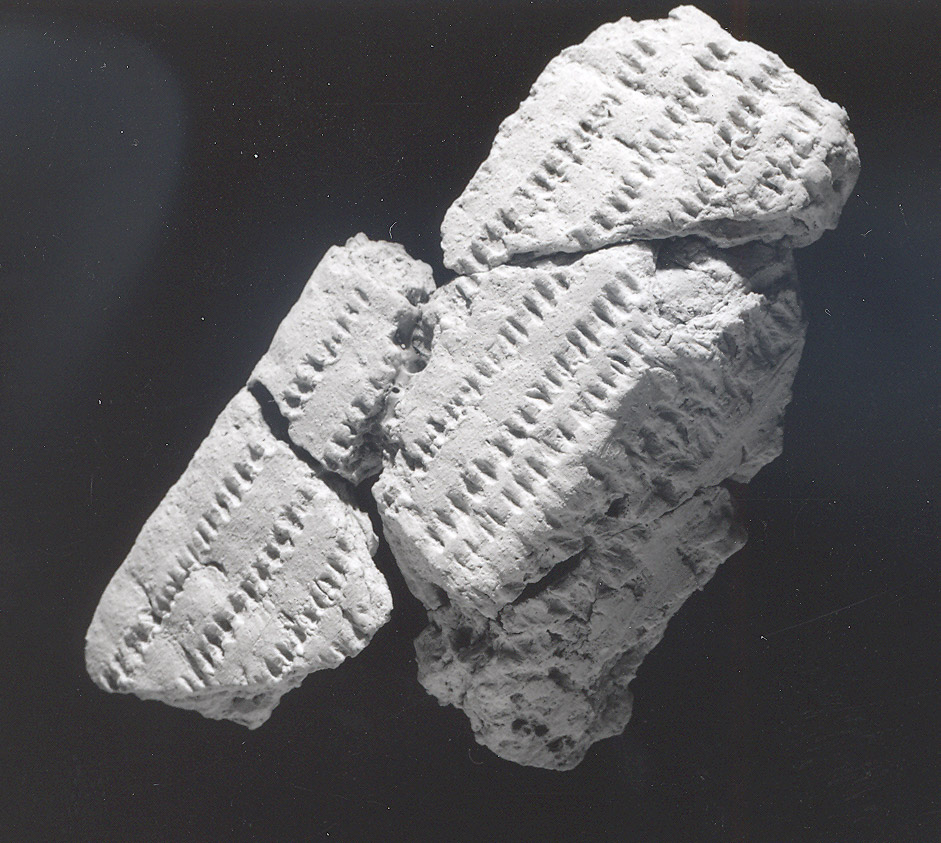The People who made and used Clovis and Folsom tools were traders. Trade (sometimes called exchange) is an economic activity. People traded points of different types of stone. They also exchanged knowledge about how those points were made. They traded food supplies and knowledge about how to cultivate gardens. They traded luxury goods such as decorative beads. Trade began when humans began to acquire material goods (things) and continues today.
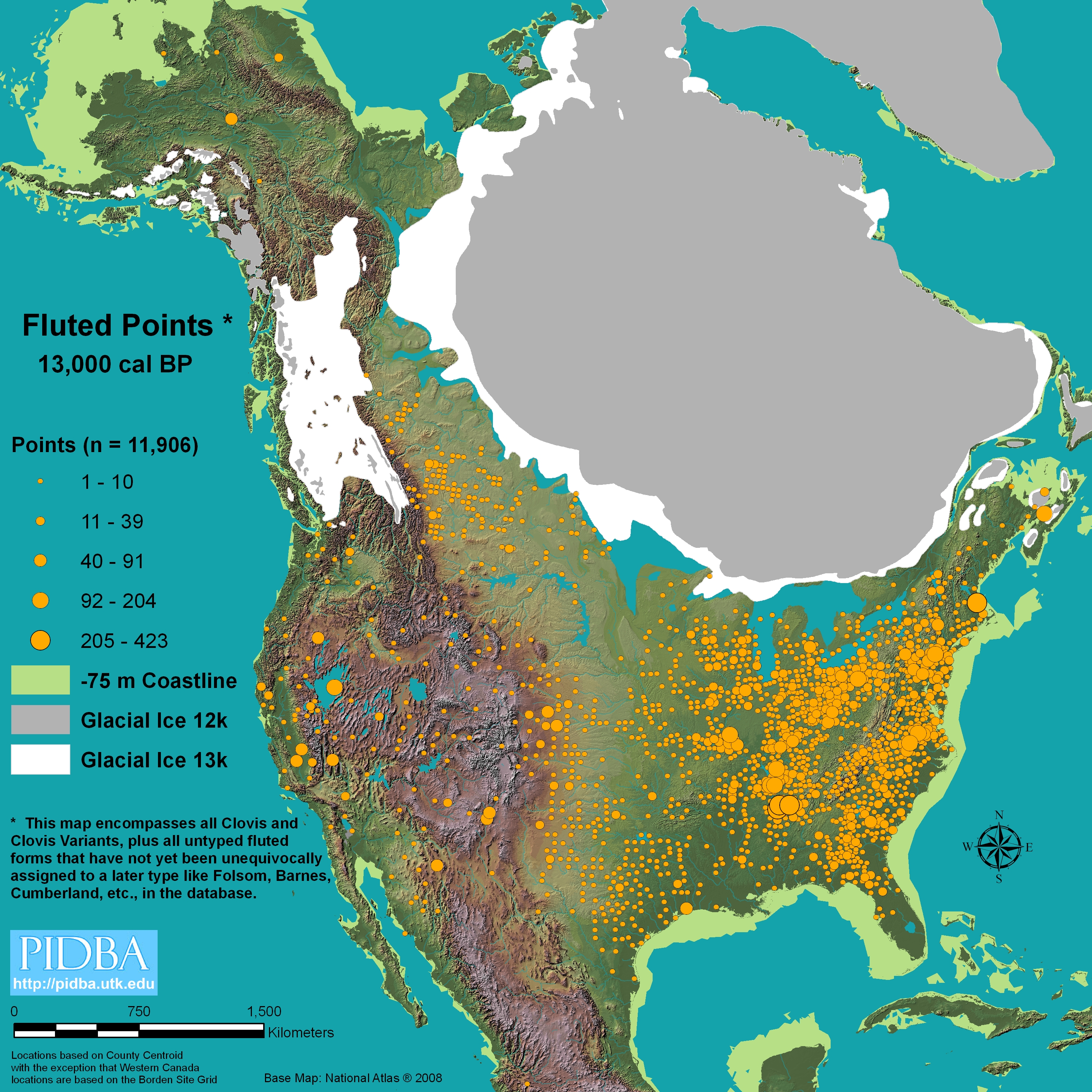
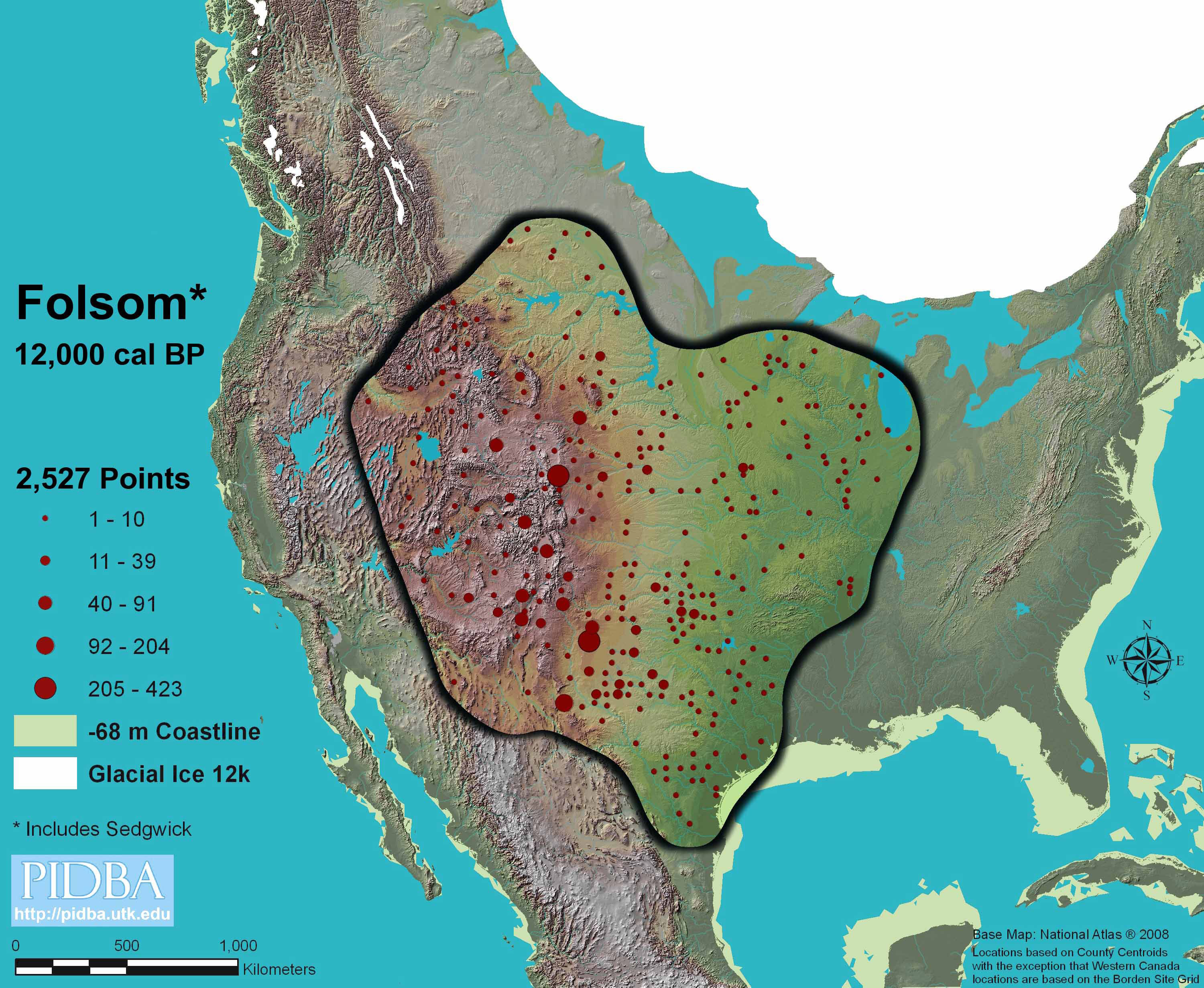
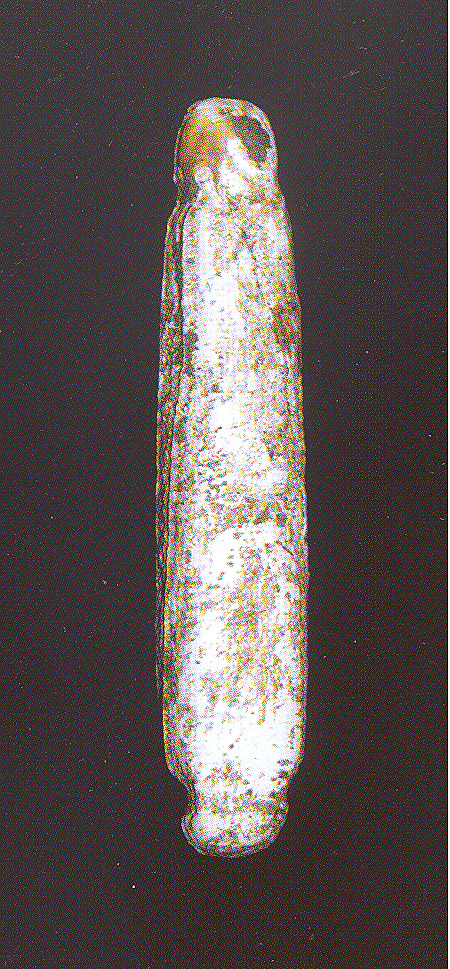
Stone artifacts called Clovis points have a distinctive style that can be easily identified and linked to People who lived in North America more than 12,000 years ago. These points have been found in archaeological sites all over the United States, including North Dakota. Archaeologists have found more points in the southern and eastern areas of the United States than elsewhere. However, by looking at where Clovis points have been found, we can conclude that the People traveled from place to place and often met other People. When they got together, they traded goods and information. (See Map 1.)
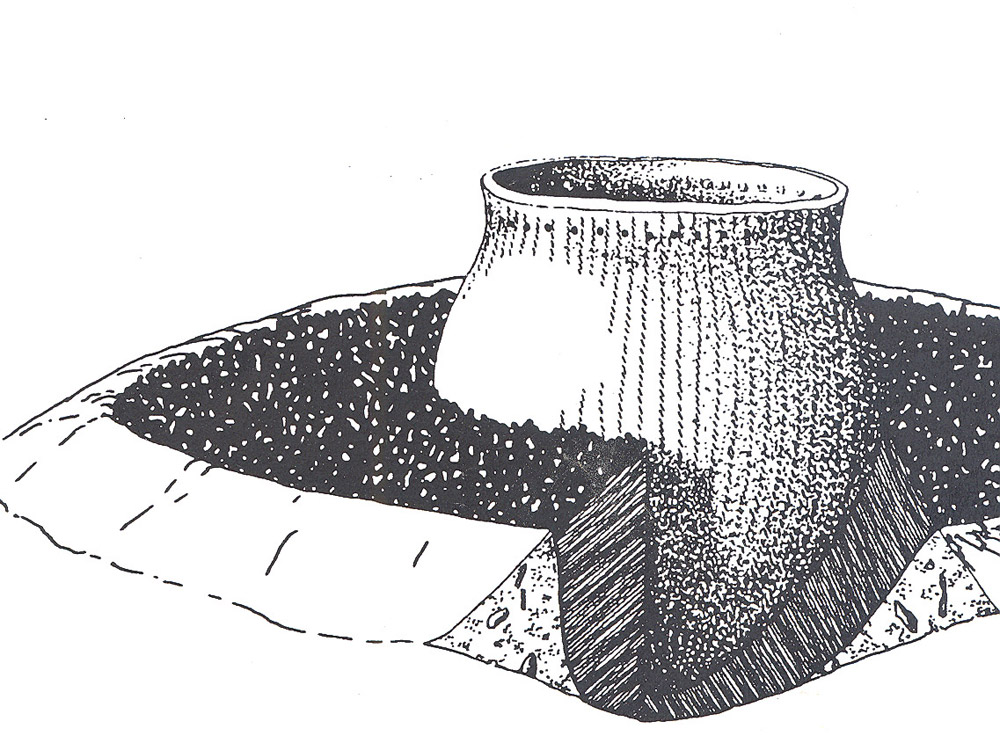
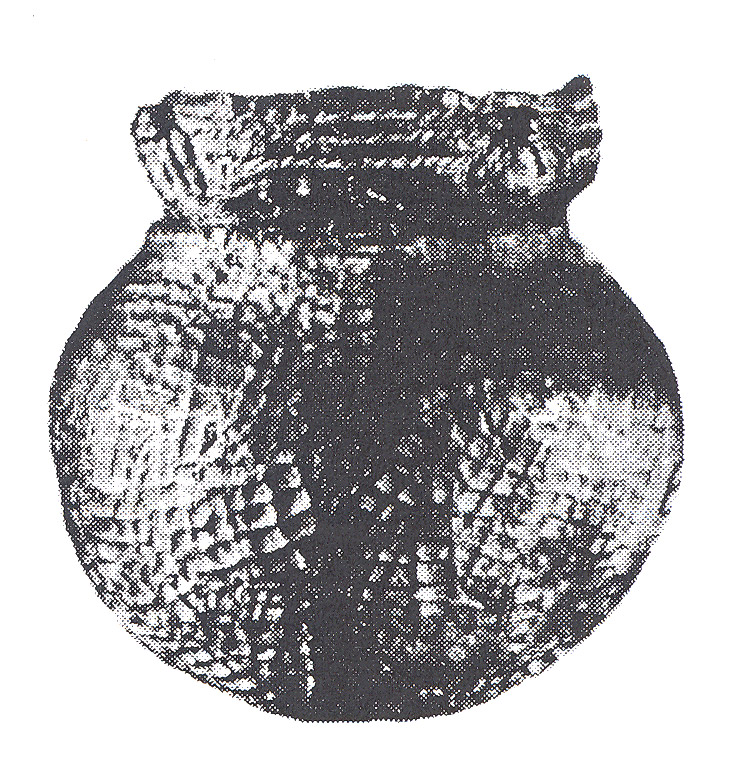
Folsom points were also widely distributed, but more Folsom points have been found in archaeological sites in the Great Plains region than elsewhere. (See Map 2.) Though the trade patterns may have varied some, the widespread distribution of Folsom points indicates that trade among groups of People was important in communicating technological information. It is likely, that when People gathered to trade stone tools, they also traded information about how to use or make the tools. They exchanged information on where to find plant foods and how to use them. In addition, these gatherings probably involved inter-cultural marriages.
Knife River flint from quarries in Dunn County, North Dakota, was a very important trade item. Knife River flint was traded to People who migrated around the country, trading with other People. In this complex of trading relationships, trade items such as Knife River flint ended up hundreds of miles from North Dakota. Two or three Knife River flint Clovis points have been found near St. Louis, Missouri. Some archaeologists think that it is possible that People traveled by boat or raft down the Missouri from the Knife River flint quarries. Boats would have given them the ability to transport greater quantities of flint. Otherwise, they traveled on foot and carried the large stone blanks or finished points on their backs.
The people who settled in North Dakota traded for goods they could not find here. Food, of course, was a major trade item, but things like copper (perhaps from Michigan) and shells from the oceans have been found in archaeological sites. (See Image 1.) The People who lived in North Dakota probably did not travel to the ocean to pick up shells. These items were probably traded “down the line.” They were acquired by trade with other people, who traded with other people, etc.
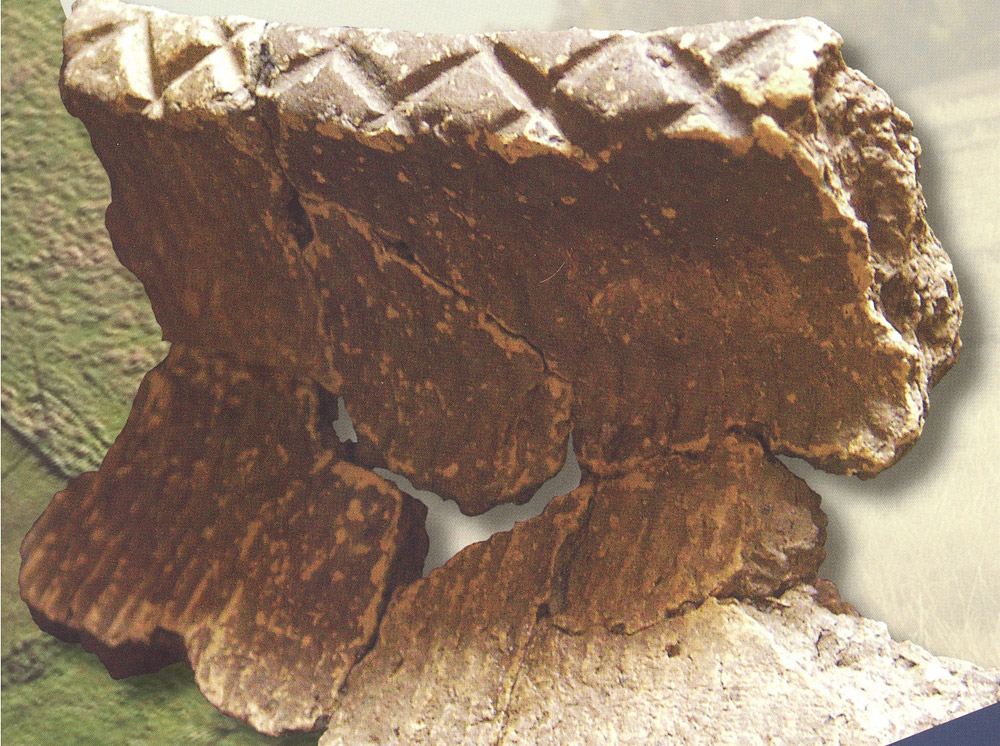
Once the People acquired copper, they also had to learn how to work with it. However, North Dakota People might not have used copper in the same way as the People they got it from. They may have adapted some of their own skills and needs to the use of the new material. Archaeologists have found a few copper pieces that indicate that copper was often used for personal decoration.
Trade was an important part of the ways that cultures changed. There were four major advances that probably came about because of trade. Through trade, People of the Northern Great Plains learned to make pottery, to practice horticulture (gardening), to make and use bows and arrows, and to build mounds to bury their dead. Trade introduced new skills for making and using the technology. Cultural habits of hunting, cooking, travel, and spiritual beliefs changed, too. For instance, when People acquired the skill of making pottery, they could carry and store water more efficiently. They could also cook their food directly over a fire or mix their food with water to cook as soup. (See Image 2.) As pottery-makers became more skilled, the pots became more useful in transferring heat from the fire to the food. (See Image 3.) The People had to locate sources of clay for making pottery. Pottery (along with other innovations such as gardening) might have encouraged People to settle into permanent villages. (See Images 4 and 5.) Nomadic People would have found pottery to be heavy and easily broken.
Why is this important? Trade was an important part of life in ancient North Dakota. Through trade, People were able to acquire tools and materials they needed for a better life. They encountered other People as friends who could share ideas and skills with them. Their lives improved as they hunted more efficiently, acquired more food, and prepared it more healthfully, and learned to grow food for themselves. Trade brought innovations and ideas that led to cultural change. In this step-by-step manner, cultures changed. Some people continued to follow the bison herds because they became very efficient hunters with the bow and arrow. Others chose to establish settled villages where they could find clay for pottery and plants and animals for food. Trade gave People new materials, new skills, and more choices.



